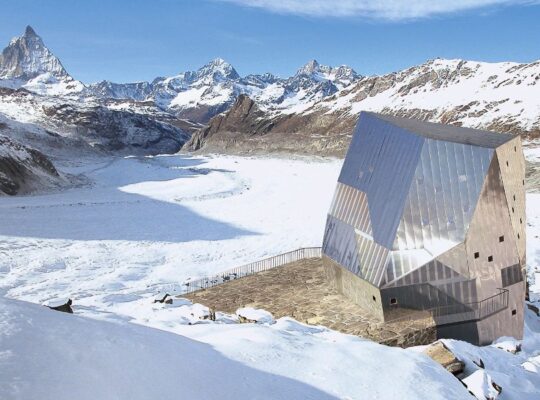In a world filled with wonders and mysteries, there are hidden treasures waiting to be discovered and preserved. Thanks to the power of technology, we can now protect these unknown marvels. Join us on a journey into the realm of tech-driven conservation, where innovation meets preservation.
Unveiling the Beauty of Hidden Treasures
Hidden treasures, often found in remote locations, submerged beneath the ocean, or concealed in forests, hold untold stories of our past and offer insights into our planet's biodiversity. However, they are often at risk due to various environmental and human factors.
The Role of Technology in Conservation
Technology has become a beacon of hope in the realm of conservation. From underwater archaeology to wildlife protection, these innovative tools and methods are revolutionizing how we safeguard hidden wonders.
Remote Sensing and Satellite Imaging
Satellite imaging and remote sensing technologies have become invaluable tools in conserving hidden gems. They enable us to monitor and protect fragile ecosystems, track deforestation, and even locate ancient archaeological sites from above.
Underwater Drones: Guardians of the Deep
The depths of the ocean hold countless hidden treasures, from shipwrecks to coral reefs. Underwater drones equipped with cameras and sensors allow us to explore and document these wonders without disturbing their delicate balance.
Conserving Natural Hidden Gems
Natural hidden gems, like remote forests and pristine lakes, are essential for maintaining our planet's ecological diversity. Technology plays a pivotal role in their preservation.
Drone Surveillance in Rainforests
Drones equipped with thermal imaging cameras are used to survey and protect rainforests. They can identify illegal logging activities and help authorities take necessary action to preserve these vital ecosystems.
AI-Powered Poacher Detection
In the fight against poaching, AI-driven algorithms are used to analyze data from camera traps and acoustic sensors. This technology can detect poacher activity in real-time, safeguarding endangered species.
Reviving Lost History
Hidden treasures often include archaeological sites and artifacts that shed light on our history. These are not just remnants of the past but vital pieces of our cultural heritage.
LiDAR Technology in Archaeology
LiDAR technology, which uses laser beams to create detailed 3D maps, is transforming archaeology. It can uncover hidden Mayan cities, ancient settlements, and even hidden underground chambers, revolutionizing our understanding of the past.
Digitizing and Preserving Artifacts
With 3D scanning and printing, we can now digitize and preserve fragile artifacts, ensuring they can be studied and appreciated for generations to come. This technology safeguards cultural treasures from degradation and loss.
Challenges and Ethical Considerations
While technology empowers conservation efforts, it also raises challenges and ethical considerations. Privacy, data security, and potential harm to ecosystems must be carefully managed to ensure responsible conservation.
Final Words
Tech-driven conservation is a beacon of hope for preserving hidden treasures, whether they are natural wonders, archaeological sites, or cultural artifacts. As technology advances, our ability to protect and celebrate these marvels grows, ensuring they remain a source of inspiration for generations to come.
Commonly Asked Questions
Q1: How does satellite imaging help in conservation?
Satellite imaging provides a bird's-eye view of ecosystems and archaeological sites, allowing conservationists to monitor changes, detect threats, and take necessary action to protect hidden treasures.
Q2: What are some examples of AI-powered poacher detection technology?
AI-powered poacher detection technology includes software that analyzes data from camera traps and acoustic sensors to identify and respond to poacher activity in wildlife reserves and protected areas.
Q3: How does LiDAR technology work in archaeology?
LiDAR technology uses laser beams to create highly detailed 3D maps of terrain. In archaeology, it is used to uncover hidden structures, cities, and features beneath dense vegetation, revolutionizing archaeological discoveries.
Q4: What is the process of digitizing and preserving artifacts with 3D scanning and printing?
3D scanning technology captures the physical form of artifacts, and 3D printing reproduces them as digital models. This process preserves artifacts while making them accessible for study and appreciation.
Q5: What ethical considerations are associated with tech-driven conservation?
Ethical considerations in tech-driven conservation include concerns about privacy, data security, and the potential impact on ecosystems. Conservation efforts must balance the benefits of technology with responsible practices.












